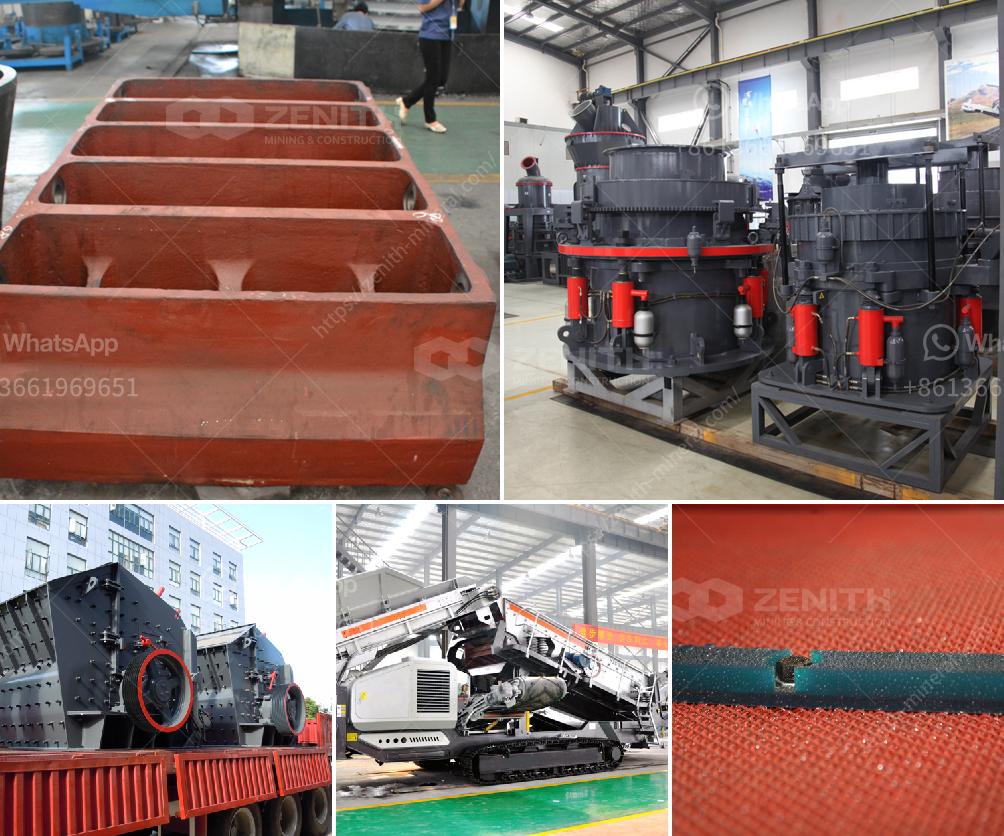Sure, here is a simplified flowchart for the processing of limestone:
-
Quarrying
- Excavation: Limestone is extracted from the quarry using various methods, such as blasting, drilling, and excavating.
- Transport: The extracted limestone is transported to the processing plant.
-
Crushing
- Primary Crusher: Large blocks of limestone are fed into the primary crusher to reduce their size.
- Secondary Crusher: Further crushing might be needed to achieve the desired size.
-
Screening
- Separation: The crushed limestone is screened to separate it into different sizes for various applications.
-
Washing (if needed)
- Washing: Fine materials and impurities are washed off to obtain a cleaner product.
-
Grinding (if needed)
- Milling: Limestone can be further ground in mills to produce fine limestone powder.
-
Calcination (for lime production)
- Kiln Feeding: Limestone is fed into a kiln where it is heated to high temperatures.
- Calcination: At around 900°C, limestone decomposes to quicklime (calcium oxide) and carbon dioxide.
-
Hydration (for hydrated lime)
- Hydrating: Quicklime can be mixed with water to produce hydrated lime (calcium hydroxide).
-
Storage and Dispatch
- Storage: Processed limestone is stored in silos or stockpiles.
- Distribution: The final product is transported for use in various industries such as construction, agriculture, and manufacturing.
This flowchart outlines the major steps in the processing of limestone. Depending on the specific production requirements, additional steps or modifications might be included.

